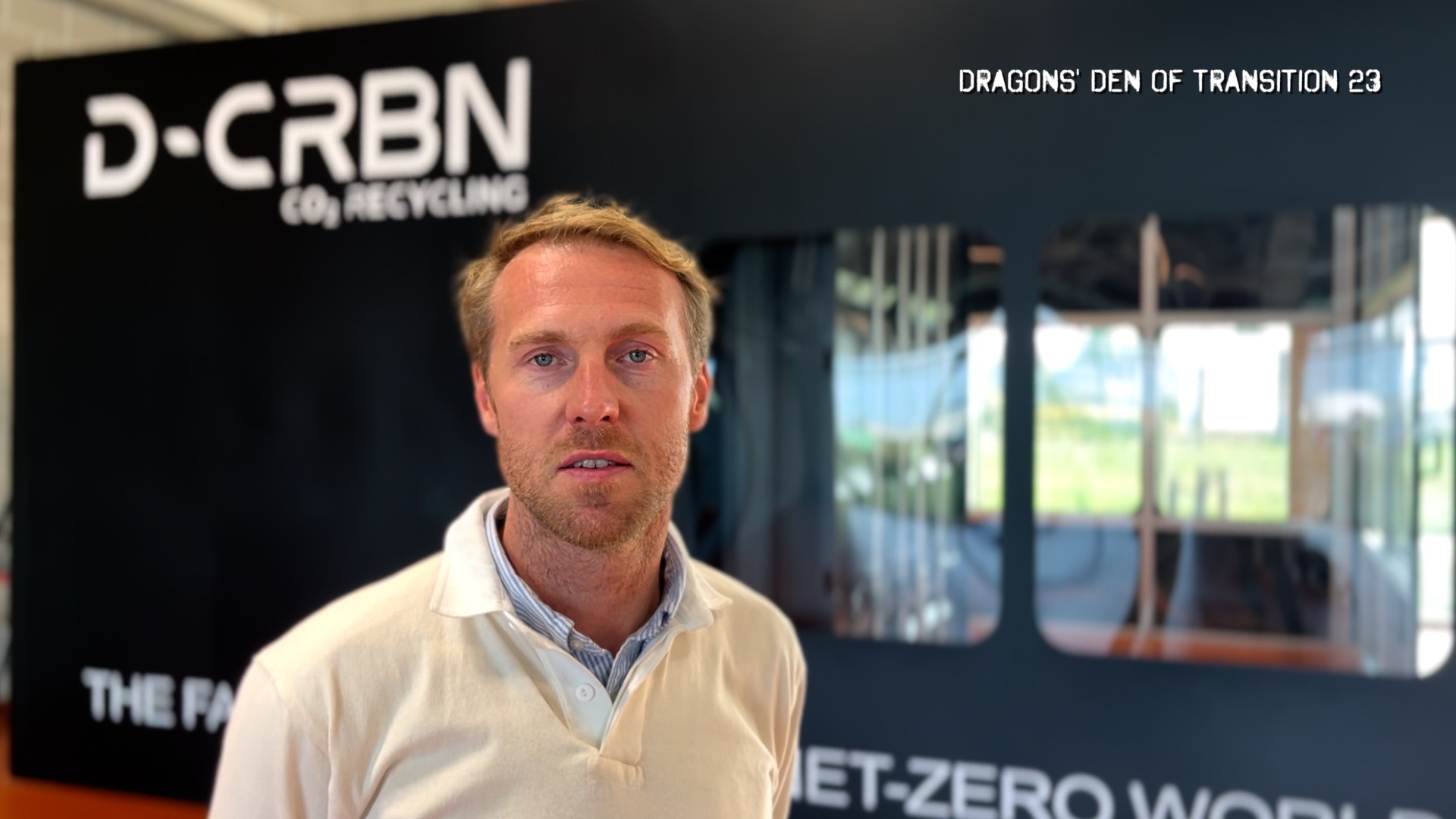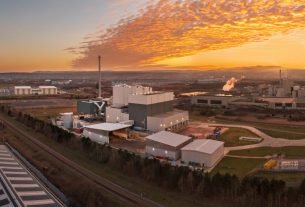Belgium – Plasma is very reactive, and it can be used to break down CO₂ molecules into CO and other products. Starter D-CRBN’s pilot installation uses a plasma process at a relatively low temperature. This makes the process more energy-efficient and reduces the risk of side reactions. At the Dragons’ Den of Transition (DDoT), December 8th in Antwerp, D-CRBN is looking for industrial partners.
It takes a lot of energy to ‘breathe new life’ into CO₂. Carbon dioxide is therefore often seen as the dead dog of chemistry. Carbon monoxide (CO), on the other hand, is more like a lively puppy. Chemical building blocks are much easier to produce from CO.
Antwerp-based start-up D-CRBN uses plasma technology to efficiently convert CO₂ into CO. The company is now commissioning a pilot installation for this purpose. The installation has an annual capacity of 1000 tons.
Steel producer
At the moment D-CRBN is testing the installation in the open innovation hub Blueapp Building of the University of Antwerp. The pilot installation is scheduled to start operating early next year at the site of steel producer ArcelorMittal in Ghent.
Dragons’ Den of Transition
During the Dragons’ Den of Transition (December 8th at EIES23 in Antwerp), D-CRBN is looking for industrial partners, both emitters of CO2 and parties that can use CO as a raw material. The start-up is also looking for cooperation with technology developers for the capture of CO2.
Join us at the Industry and Energy Summit 2023 (EIES23) in Antwerp on December 7th and 8th, where top decision-makers and experts come together to tackle the complex challenges of the industrial transformation to zero emissions.





